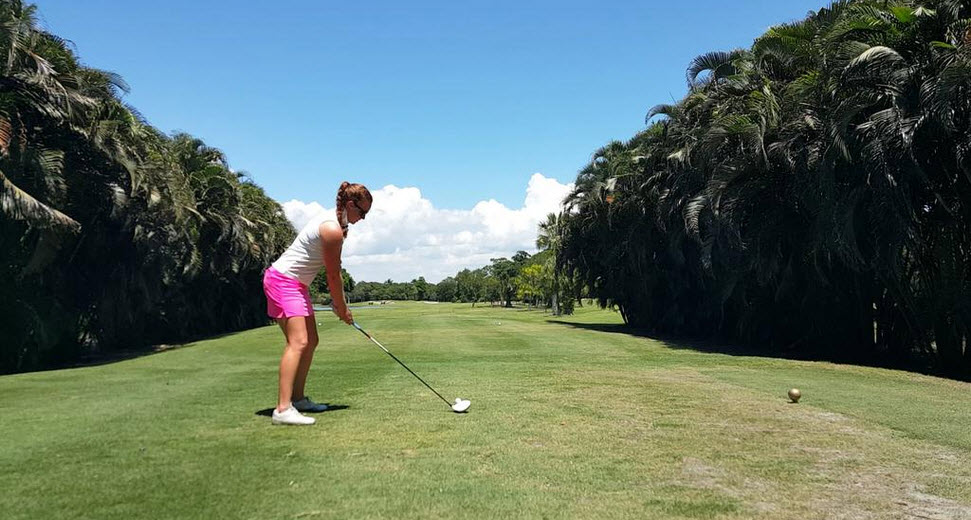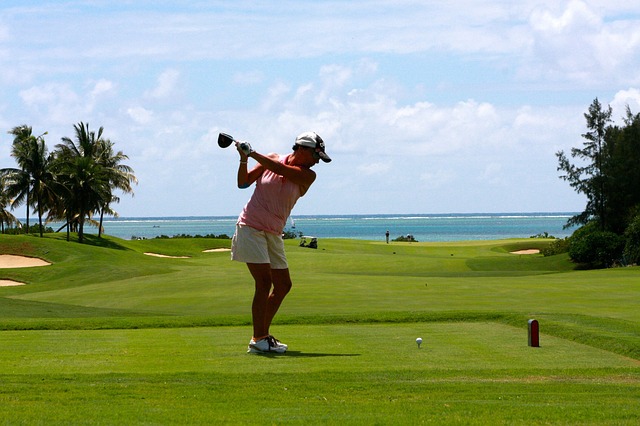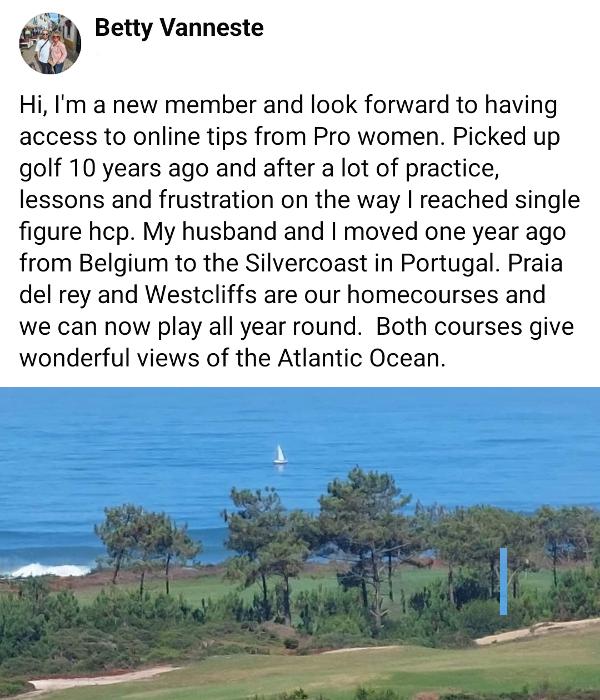Academics have long studied the traditional retail environment. We have analyzed everything from store layout to what colors should be on the wall to manipulate your brainwaves to what type of music should be playing while you are browsing. All of these impact the consumer and her purchase intention. (For the record, slow music makes you buy more because you tend to stay longer in the store.) Think about the last time you went shopping. This could be a grocery store, clothing boutique, or even your local Pro shop. Now, think about if this experience was generally positive or negative. Even if this was a simple routine purchase, such as bread or a more complex purchase like a car, you probably walked away with some type of feeling about it. Retailers know that you do. They like to maintain a positive experience, fix a negative one, and note a neutral experience as an opportunity for them to gain your loyalty. Retailers and brands are constantly strategizing and re-strategizing to make sure that your experience was good, that you will return, and hopefully purchase again.
Let’s take this a step further. With the rise of e-commerce, we have seen some major changes in the way retail operates. Technology has infiltrated retail heavily and shows no signs of slowing down. Brands such as Amazon have made it so easy to purchase online, many consumers hardly ever visit a physical store. While there are numerous innovative technologies being studied and implemented, one of my favorites tends to be augmented reality (AR). To be clear, augmented reality is basically an interactive experience of a real-world environment. The objects that are within that real world are augmented by computer-generated information. In other words, virtual elements such as images are superimposed into the real environment. For example, the jewelry brand DeBeers (famous for their diamonds) allows their shoppers to try on jewelry when they download an app with AR technology. It allows the consumer to stand in front of her webcam and virtually try on jewelry before she purchases it to see how it looks on her. Another example is IKEA. Their AR technology allows you to use your phone, scan a room in your home, and then place their furniture in that room to see how it would look before you purchase it. We are also seeing this technology within the cosmetic industry. Several brands are using AR as a way for the consumer to try on a color before purchasing. These technologies are being used to make the consumer experience better. They are becoming more ubiquitous as consumers adopt and embrace these types of technologies. It has been shown that AR does improve conversion rate (turning browsing into buying).
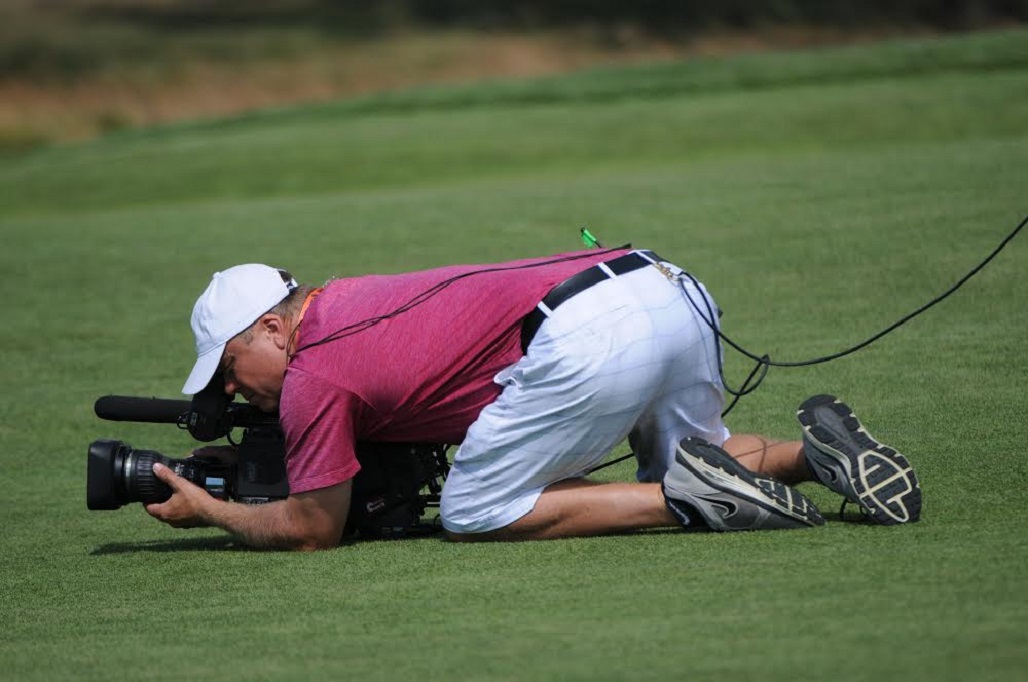
I read a journal article recently that studied this. The study basically investigated how AR impacts purchase intention of apparel. The authors explain how retailers are trying to provide innovative and more emotional experiences for the consumer. Experience really is about an overall enjoyment rather than just the product alone. They reasoned how AR is, “empowering consumers to evaluate products and make decisions” (p. 5). But, AR has some other wonderful benefits. It is able to create a complete immersion into the shopping experience. It has been shown to allow the consumer an extremely vivid experience with a high sense of presence. There were two major findings from this study which used AR and a cosmetics app to show overall consumer feeling and purchase intention. First, those who used AR had a more positive experience. Second, these consumers were looking for a deeper experience than those who were shopping for a simple task completion, like buying milk.
There is another product in which AR is being tested, implemented and used: sports. I’ve been conducting some research for a book chapter regarding technology in sports. We’ve all seen some technologies in sports such as the yellow lines on the football field to indicate yardage. And, we’ve seen the lines on the screen that show us ball flight and direction in golf. However, sports, just like retail is starting to embrace more innovative technologies like AR to improve the consumer experience. What if, just like putting the virtual IKEA furniture in our living room, we could use our phone or another type of device to be immersed into an LPGA major? What if when a particular player steps up to the tee box, we would be watching as if we were in the gallery physically? There are companies out there who are working to bring us this type of experience in sports.
By integrating not just AR but VR (virtual reality) we are seeing how the way sports is consumed is changing. Eventually, we will see the emergence of virtual tickets as a way to attend sporting events.
There are many barriers to attending sporting events and many reasons not to. If we can sit on our couch and avoid the crowd, why go?
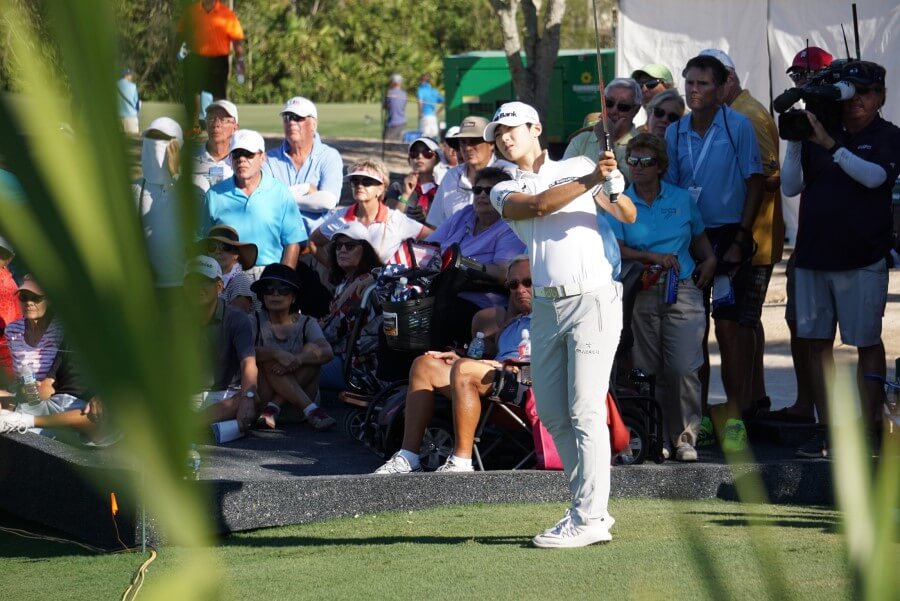
Sporting executives know this and are finding ways technology can boost attendance and, of course, profit. Virtual tickets open the door to new revenue streams and allow fans to experience game day for the tournament as if they were there.
This takes us back to the study mentioned above. As one of the findings indicated, AR provided a positive experience for the consumer and impacts their desire to purchase. So, if the technology like AR improves the consumer experience and positively impacts purchase behavior, then what are the implications for golf? How can golf use these technologies to enhance player/fan experience, perception of the game, and the immersion experience while watching an event? While there are certainly reasons to employ AR technologies, such as profit, there may be other opportunities. For example, it is been said that women comprise only about 25% of the golfing population. How can we use these experience-based technologies to increase that number? How can we use technology to get the game in front of girls and young women? I certainly appreciate some of the initiatives the LPGA has brought forth recently such as #inviteHER. However, as retailers know, there are many tactics that can be employed and used simultaneously for a comprehensive marketing strategy.
The game of golf has a major opportunity to bring the game closer to longtime fans and potential players. I hope that the LPGA and other entities which promote women’s golf will be at the forefront of implementing these technologies. The traditional aspect of golf, just like traditional retailers, have a spot in the marketplace. Consumers will still go to the physical store and fans will still go to sporting events. However, new digital environments, such as e-commerce and AR, can take the consumer and player experience to the next level. I will be looking forward to the day I can purchase a virtual ticket and watch an LPGA event from the gallery with AR technology and still have plenty of time to grab my clubs and play a round in the real world.
*Watson, A., Alexander, B., and Salavati, L. (2018.) The impact of experiential augmented reality applications on fashion purchase intention. International Journal of Retail & Distribution Management, In Press. https://doi-org.iris.etsu.edu:3443/10.1108/IJRDM-06-2017-0117




